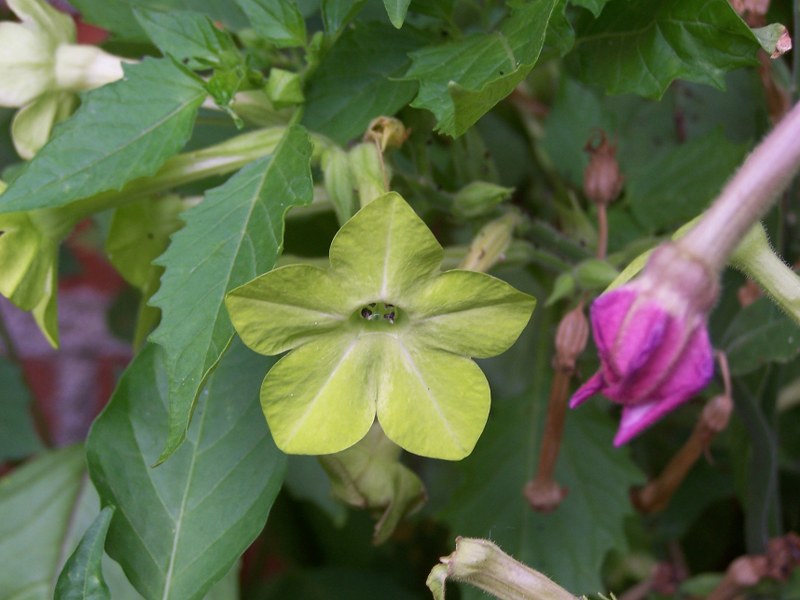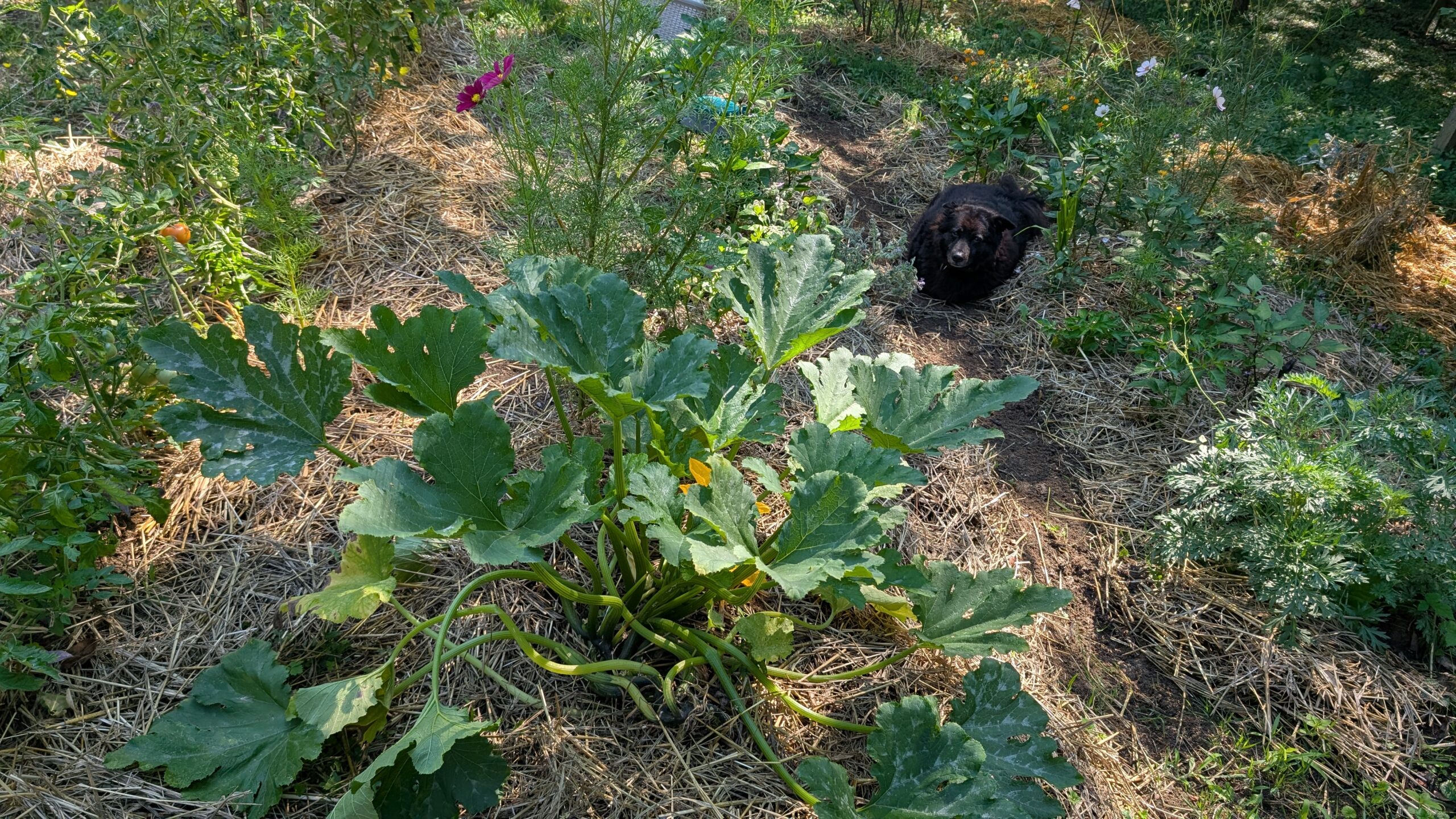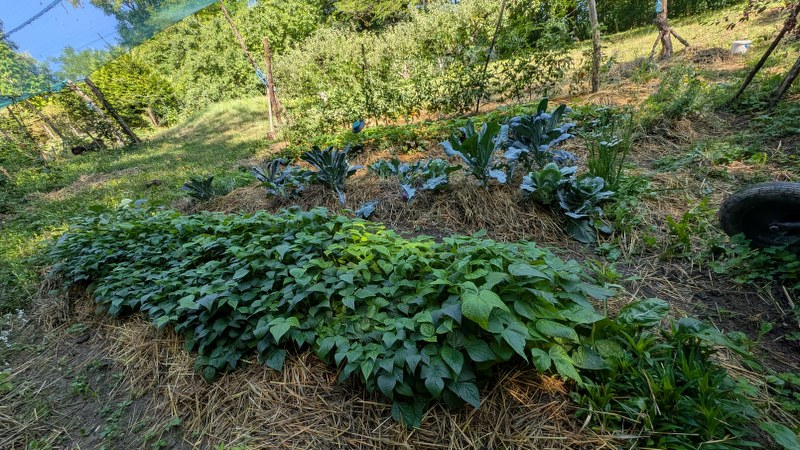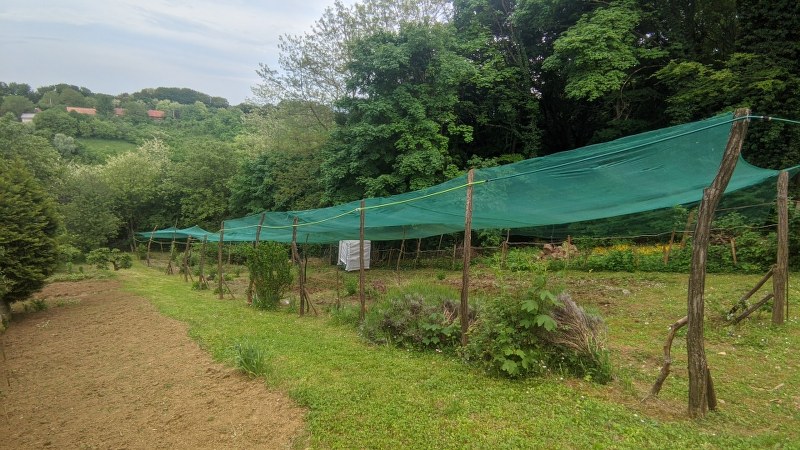If you want a flowering tall plant that will smell deliciously in the evening then Nicotiana alata is your plant. This delicate perennial/annual plant will fill the garden with delicate flowers, and attract lots of butterflies and bees.

Nicotiana alata general information
Nicotiana alata is one of the dozens of species that grow under the Nicotianeae tribe. Although its native area, South America, Australia, and Southern Africa, consider it an herbaceous perennial, it’s grown in most of the world as an annual plant. Its sensitivity to frost makes it harder for the plant to survive harsh winters.
This plant is quite tall, it will reach up to 90cm(3ft), and in ideal conditions, it can reach up to 150cm(5ft). This means that in windy areas it will need support not to get damaged. Leaves are big, shaped like a spatula, and quite sticky, as most of the tobacco leaves are. The leaves’ size changes with the plants’ size. The upper leaves are much smaller than the lower ones making the flowers easily visible. Stems are round, tall, and quite small for the size of the plant. They easily break at the ground level and wind can do a lot of damage.

Flowers on the Nicotiana alata are small and shaped like a funnel. The delicate flowers can differ in color, going from pale yellow to white. With more widespread cultivation of Nicotiana alata as an ornamental plant new varieties have been created, and the flowers now have many new colors including pink, red, and green. Sadly, what they give in color they lack in fragrance, so most of the different colored plants don’t have as strong a fragrance, as white and yellow one does.

Growing Nicotiana alata
When it comes to growing fragrance tobacco the rules are quite simple: don’t let it get too thirsty and keep it warm. Although most of the Nicotiana recommendations state that they like rich, well-drained soil, from my experience I can say that they will grow almost anywhere as long as they are warm. Nicotiana loves warmth and as long as it gets at least 10-12 sunny hours it will thrive anywhere. It can tolerate drought as long as it’s watered at least once a week. In very dry conditions it will stay short and there will be no flower production.

Nicotiana is usually grown from seeds. The seeds are very tiny and can be easily spread by wind. The small capsules that store the seeds burst at the top when seeds ripe and all it takes is a small push for the seeds to fly out. Seedlings are very frost delicate and even the smallest frost can kill them. As the plant gets older its frost tolerance grows so mature plants can survive temperatures above -5°C(23°F). Seeds on the other hand are frost tolerant, and if the winter is not too harsh there is a big possibility for them to germinate in spring.

Once Nicotiana starts flowering the best way to keep it flowering is to remove the dead flowers. If we want seeds for next year then we can leave the flowers intact, but this also means that the stem once it makes all the flowers will stop producing new ones. Nicotiana usually flowers from the middle of summer till the late autumn or the first strong frost date. Sometimes if the winter is mild it can even continue flowering until Christmas, but a couple of stronger frost mornings will most definitely kill it.

Sowing conditions for Nicotiana alata
Sowing of the Nicotiana alata can be done indoors and outdoors. When sowing indoors we have to be prepared for seedling pricking. The seeds are so small that there is no real method of separating them. Even if we mix the seeds with sand they will still need to be pricked out as the pots will contain too many plants. The seedlings will grow quite slowly so we can start them in March when we start most of the Solanaceae plants.

The conditions that Nicotiana likes are the same as most Solanaceaes like: plenty of warmth, watering once the top of the soil dries out, and at least 10 hours of light. The plants can be separated once they form the first couple of real leaves and outside transplanting can be done after the last frost date. There’s no problem with transplanted plants. Nicotiana doesn’t mind transplanting. Although there aren’t many nurseries that sell Nicotiana seedlings this is not because of fear of transplanting shock. It’s simple due to the high germination of the seeds which are then the easiest way of growing Nicotiana.

Nicotiana can also be sown directly outside once the frost danger is over. Of course, due to the late start the plants that are sown directly outside will flower later and won’t reach their full flowering potential until late summer or even the beginning of autumn.
Nicotiana diseases, problems, and toxicity
Jasmine tobacco doesn’t have a big problem with pests, but like every Solanacaea it attracts aphids. Potato beetles are also very fond of Nicotiana, so it’s best not to sow the plant near potatoes, peppers, tomatoes, and eggplant.
Another reason to avoid sowing Nicotiana near vegetables is mosaic virus which can easily spread among the plants and destroy the yearly crop very quickly. Botrytis can also affect the Nicotiana, although very rarely.
One thing we do need to be careful about when growing Nicotiana is that after all this is a tobacco plant, and tobacco can be highly toxic to animals, especially dogs. Tobacco plant contains nicotine and nornicotine which, when ingested, can cause nicotine poisoning. So if you have dogs that like to chew on plants it’s best to be extra careful.

Flowering Jasmine can be a very nice addition to a garden, especially a cottage or butterfly garden. But still, in warm climates, there is a chance for the plant to become a boring weed. Keeping it contained will ensure the garden will stay pretty and colorful without turning into a jungle.





Leave a Reply